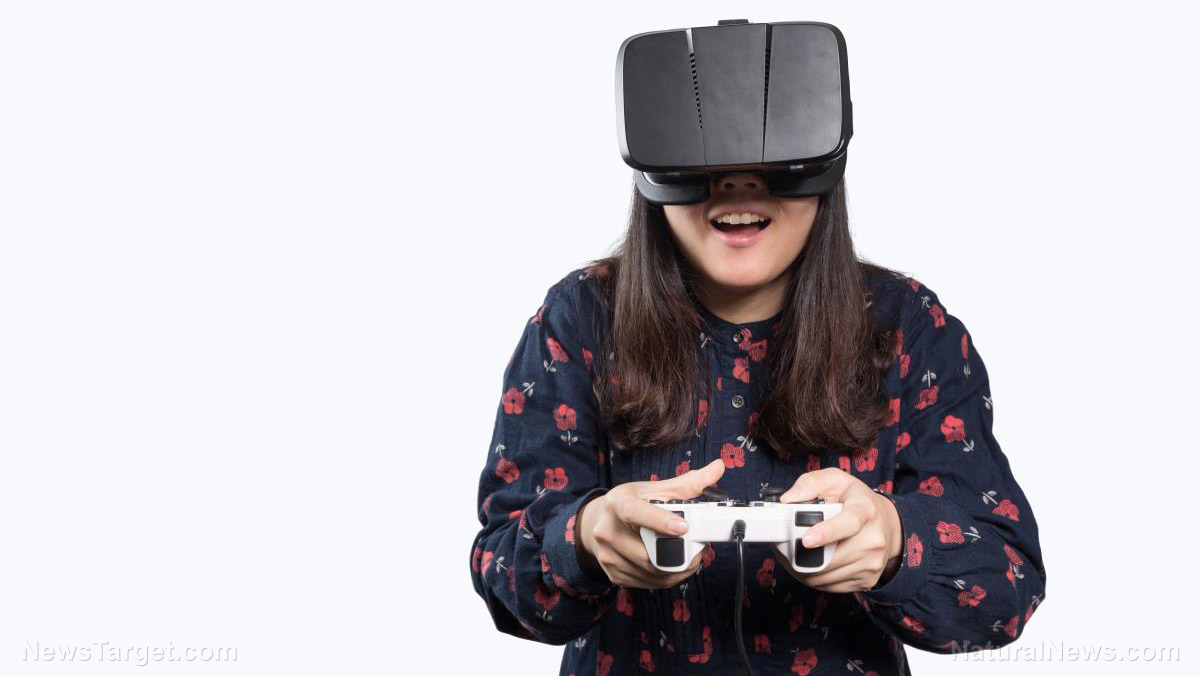
The study, published in Pain Medicine, found that although distraction may indeed play a role in pain relief, it is also possible that virtual reality games could produce changes in the nervous system when it reprograms how a person responds to pain.
“Guided imagery has long been a treatment for psychological disorders, and virtual reality is a more immersive way to provide guided imagery,” said Anita Gupta of the Woodrow Wilson School of Public and International Affairs at Princeton University and lead author of the study.
A previous study revealed that playing video games may relieve some severe pain in some people as it can serve to distract the person and give him a sense of control and some positive reinforcement. (Related: Video games help kids deal with stressful situations.)
However, Gupta and the team cautioned that more research is still needed to prove if virtual reality is truly effective, although having more options to treat pain is promising.
The researchers reviewed six articles published from 2000 to 2016 that explored different ways how virtual reality might augment pain relief. Then, they identified four small experiments that randomly assigned some patients to try virtual reality for pain relief and two pilot studies of the technology for this usage.
In addition to acute pain, several studies looked at states of chronic pain such as headaches or fibromyalgia. These studies also combined virtual reality with other treatments such as biofeedback mechanisms and cognitive behavioral therapy.
All in all, the results from the small studies in the current study suggested that virtual reality might help with what is known as conditioning and exposure therapy, which is a form of behavior therapy that involves helping patients change their response to pain when they feel it.
Max Ortiz Catalan, who was not part of the study and a researcher at Chalmers University of Technology in Sweden, warned that patients need to understand that virtual reality is just a tool to design treatments and not a treatment by itself.
“You can't prescribe virtual reality, but treatments that employ it, and the methods of such treatments are what matters,” he said. “Two different methods can use virtual reality and one works while the other doesn't, depending on how virtual reality is used.”
Even there is no solid proof that virtual reality indeed relieves pain, the results suggested that virtual reality treatments for chronic pain might help reduce reliance on opioid painkillers and potentially curb misuse of these addictive medications.
Nonetheless, according to Gupta, virtual reality has side-effects, such as motion sickness, nausea, and dizziness.
Still, it is a non-invasive approach option that is becoming more widely available and more affordable.
“I would certainly try this as part of a traditional treatment plan with routine guidance frome a board-certified pain specialist who understands the risks and benefits of all treatments involved and what works best,” Gupta said.
More on virtual technology
The technology has been around since 1929, when Edward Link created the “Link Trainer,” the first example of a commercial flight simulator. It was used by the United States' military to train pilots for initial training and improving their skills.
The earliest form filled an entire room, but as virtual reality has become smaller and cheaper to produce, it is increasingly being used for a variety of medical purposes such as wound care, physical therapy, dental pain relief, and burn treatment.
Today, it only requires a smartphone and special headsets for one to have access to virtual reality technology. A lot of people continually use this technology to play video games and take lifelike, three-dimensional tours of places they might not be able to visit in real life.
Learn more at VirtualReality.news.
Sources include:
Please contact us for more information.



















